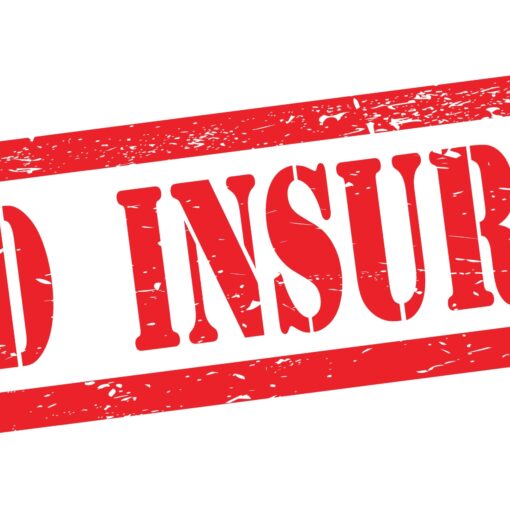Heavy rainfall and subsequent flash flooding is a common occurrence in many parts of the world. It’s a natural phenomenon that cannot be prevented, but you can take precautionary measures to reduce the risk of your home being flooded. If you live in an area where there’s
a high risk of flooding, it’s advisable to take steps to protect your property by installing flood alarms and ensuring all outlets and drains are adequately covered. You can also store valuables on high shelves or in waterproof storage containers, as well as creating a secondary exit in case you can’t access the front door during an emergency. However, there may be times when you aren’t able to fully prepare for flooding in your home. It could happen unexpectedly due to a heavy downpour outside or perhaps because of a malfunction with your plumbing.
Whatever the reason, here are some tips that AAA Public Adjusters recommends on how you can prepare for potential flooding at home:
Install a Water Detection Device
If flooding does occur, you may not be aware of it until it’s too late. You could be in bed asleep and the water could gradually rise above your ankles, up to your calves and then to your knees before you notice anything is even wrong. If you have a water detection device (usually in the form of a wireless sensor), you’ll be notified if water starts to leak into your home. This is obviously beneficial, as it will give you enough time to evacuate before the water reaches your feet. These devices are inexpensive and easy to install, so there’s really no reason not to have one. They can be installed in areas that are prone to flooding, such as your basement, kitchen, laundry room, bathroom, and behind your water heater.
Check your drains and Outlets
If your home has a sump pump, check to make sure it’s working. You can do this by first turning the power off to the pump, which can usually be found in the basement. Once the power is off, you can turn the manual override, which should be in a small box nearby. Next, open the drain and make sure water isn’t being pumped back into your home. If it is, there may be something blocking the drain or the piping may be clogged. Make sure the outlet from the sump pump is also clear. If there’s something blocking it, you could experience flooding in your home. You may want to hire a professional to check your entire system if you aren’t sure what to do.
Move Furniture and Valuables to Higher Floors
If you live in a flood-prone area and you don’t have a basement, you may want to move furniture and valuables to higher floors. You may want to save items that are sentimental to you, but you should move anything that could be damaged by water, such as paper records, photographs and wall art. You may want to store these items in waterproof boxes until the flood waters recede. If you have a large couch or table that is difficult to move, you can place boards or bricks below the legs to elevate the items. Make sure the boards are sturdy enough to hold the weight of the furniture, otherwise they may break. You can also move smaller items, such as framed pictures, books, and DVDs, to higher shelves using boxes or baskets.
Keep flashlights and Lanterns nearby
If you are suddenly affected by flooding, you may not be able to exit your home in a timely manner. If you have a flashlight, you’ll be able to see in the dark, which is important since you may have to walk through water and you may only have a limited amount of time before the water levels rise. If you have a battery-operated lantern, you’ll be able to see inside your home, including the stairs, and it will also be easier for rescue workers to see you. Keep at least one of these items nearby at all times, just in case. If you need a flash light, AAA Public Adjusters offers free flashlights to anyone, just for the asking.
Mop up excess water with towels or mops
If your home floods with water, you’ll need to quickly mop up the excess water with towels or mops. Don’t use a broom or a vacuum as this could cause the water to spread and worsen the damage. If you have an outdoor hose, you can use it to direct the water into a nearby flower bed or yard. Try not to direct the water onto the sidewalk or road as this could damage the surrounding area.
Conclusion
If you take these precautionary steps, you’ll be better prepared for potential flooding. Heavy rainfall is a natural phenomenon that cannot be prevented, but you can take proactive measures to reduce the risk of your home being flooded. If you keep these tips in mind, you’ll be able to more easily prepare for potential flooding. It could happen unexpectedly due to a heavy downpour outside or perhaps because of a malfunction with your plumbing. If you have experienced any type of property loss, it is time to call AAA Public Adjusters. You can reach us 24/7 at 800-410-5054.
About AAA Public Adjusters
AAA Public Adjusters, LLC, is a property loss consulting firm headquartered in Philadelphia, PA. Additional offices are located throughout Pennsylvania, New Jersey, Florida, Maryland, Delaware, Virginia, and North Carolina. AAA Public Adjusters have been fighting insurance companies for over 25 years. AAA Public Adjusters , Maximizing Your Claim!


